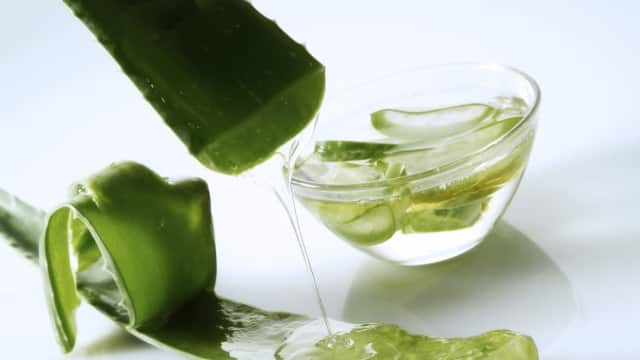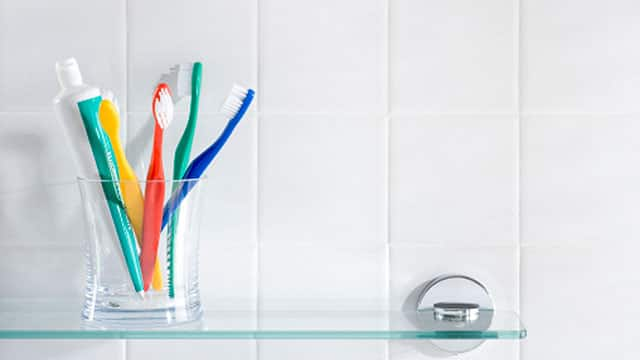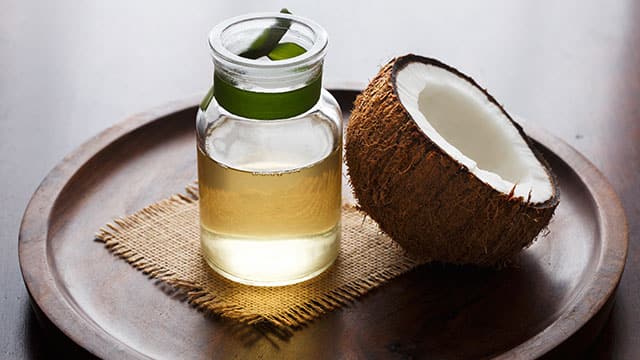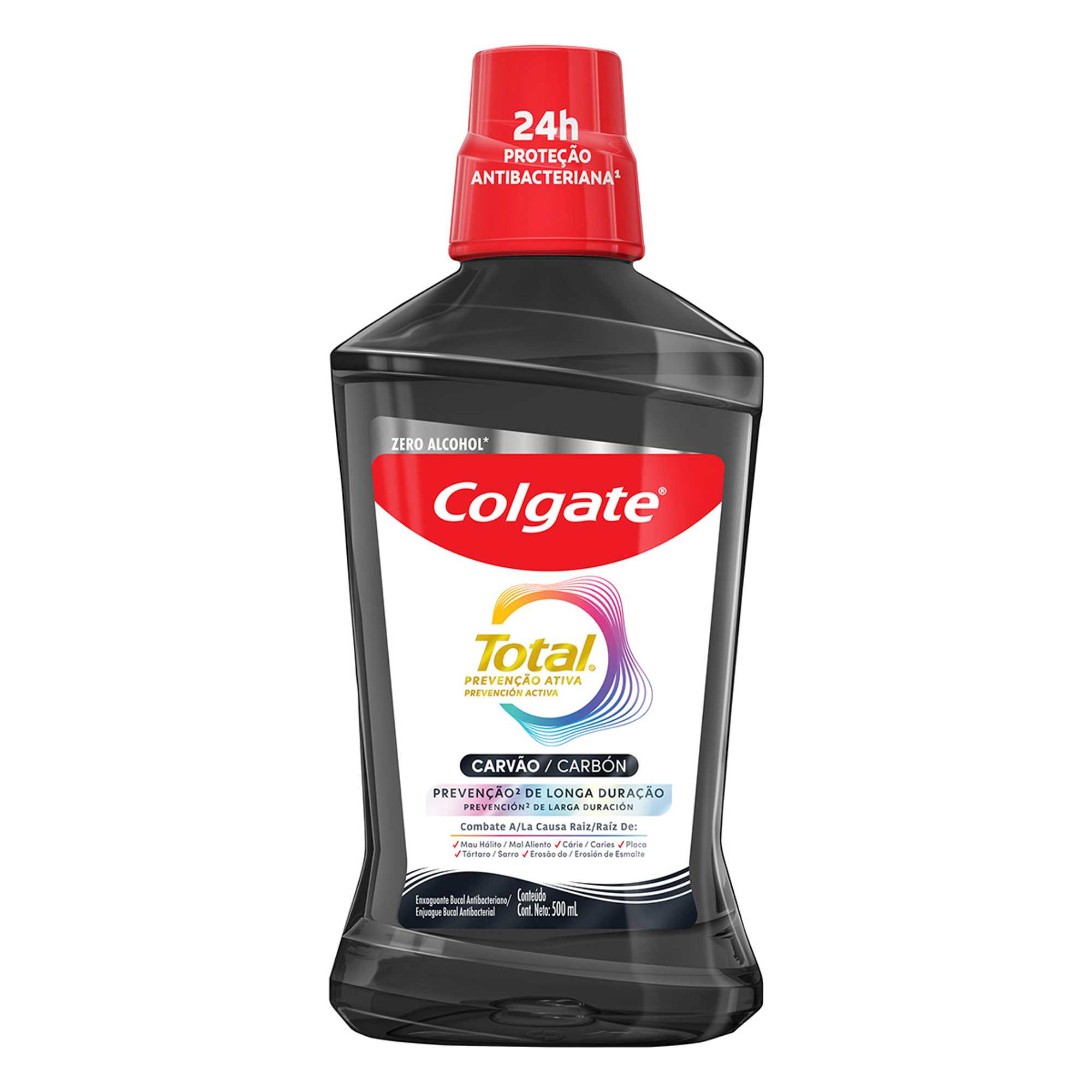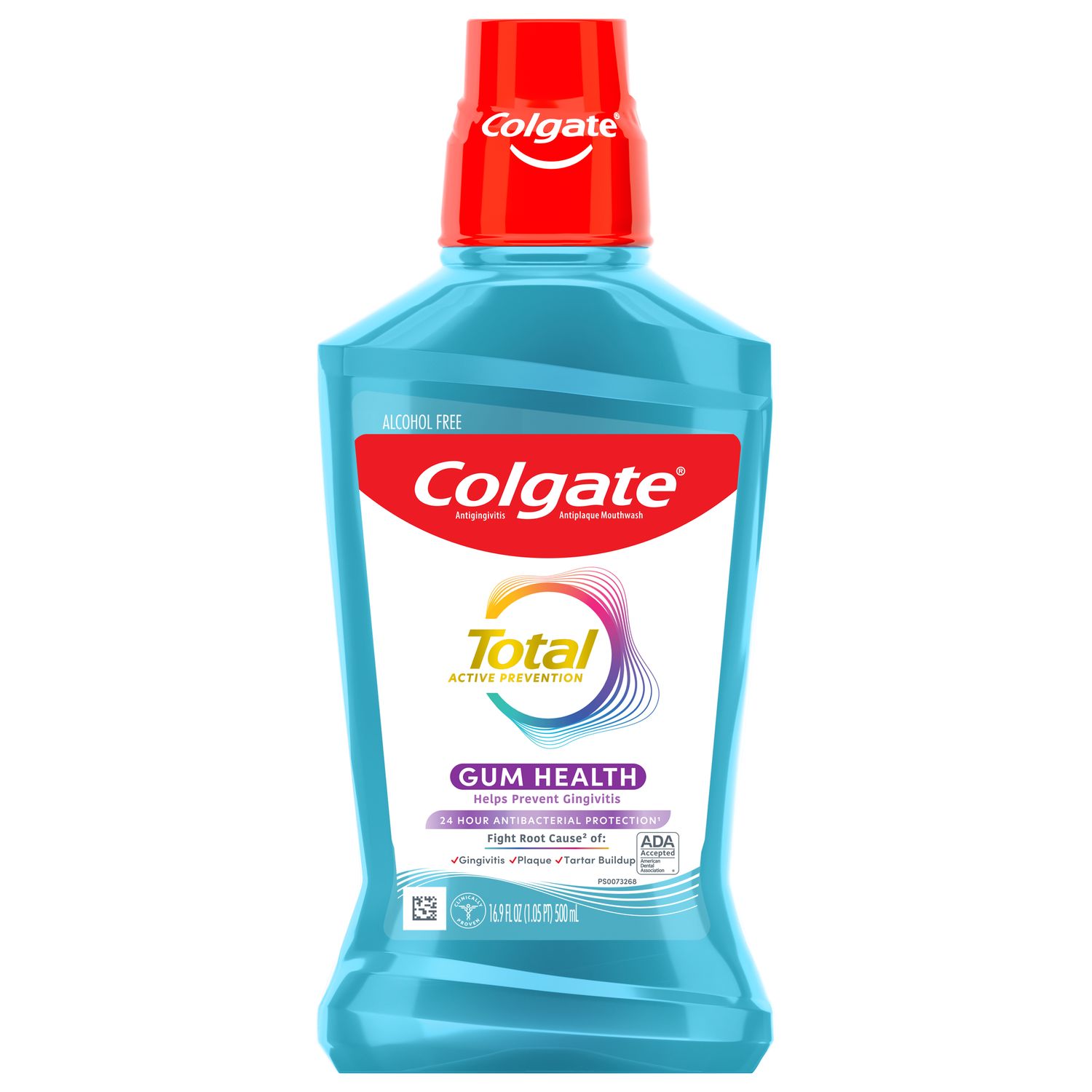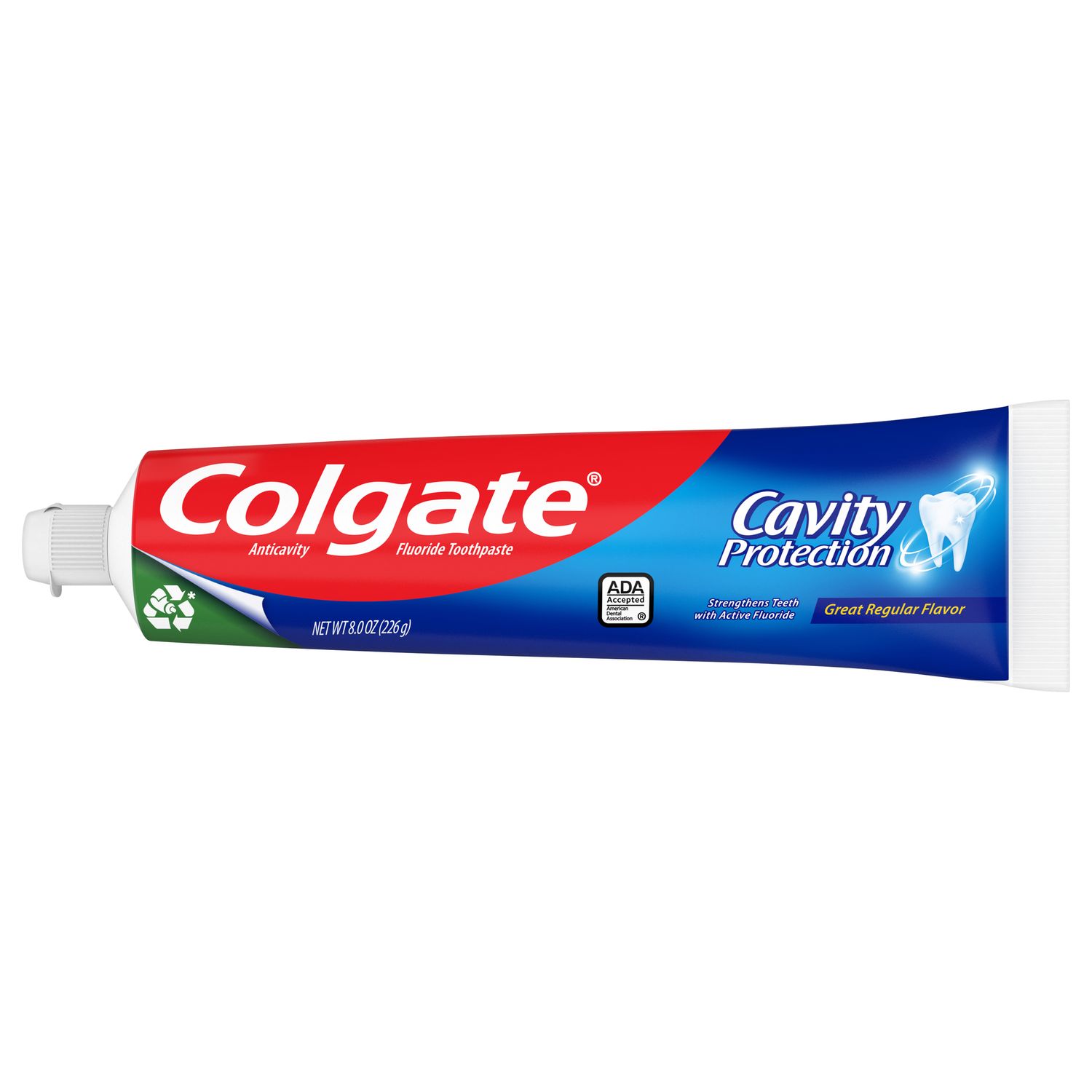What's in Oxygenated Toothpaste?
Oxygenated toothpastes typically contain hydrogen peroxide, which is an antibacterial agent that releases oxygen, according to a study in the International Journal of Dentistry. These toothpastes work to reduce plaque and prevent early-stage gum disease (gingivitis) just as effectively as other, more traditional toothpastes, according to the study.
How Oxygenating Agents Fight Bacteria
So, what about oxygenating toothpastes makes them effective? The bacteria that cause gum disease live under your gums and in crevices around your teeth where little oxygen can be found. But when hydrogen peroxide levels in the mouth rise, the release of oxygen disrupts the ability of these harmful bacteria to grow and colonize, according to an article in Scientific Reports. This is why an oxygenated toothpaste can have a positive effect on your oral health.
Tooth Whitening and Hydrogen Peroxide
If you have ever talked to your dentist about having your teeth whitened, you know that there are many options available, including in-office procedures, at-home whitening kits, and over-the-counter products. One of the key bleaching ingredients in many of these products is hydrogen peroxide, as the American Dental Association (ADA) notes. Because oxygenated toothpastes are often formulated with hydrogen peroxide, these toothpastes may also have whitening properties.
An article in the Health Science Journal notes that bleaching occurs whenever hydrogen peroxide reacts with the tooth surface to release a reactive form of oxygen. This causes the size of the enamel's pigment molecules to shrink, which then affects how light is absorbed and reflected on your tooth's surface. Ultimately, this molecular reaction results in a whitening effect.
Choosing a Whitening Product
You can find many different whitening products that contain hydrogen peroxide, including over-the-counter toothpastes, whitening strips, and in-office treatments. As a review published in the Journal of Evidence-Based Dental Practice concludes, products containing hydrogen peroxide are considered safe and effective, so long as the manufacturer's instructions are closely followed. Keep in mind that the time it takes for a product to achieve its desired effects varies for different whitening methods, and some may only remove surface stains, as the ADA explains. This is why it's best to discuss your options and goals with your dentist.
Whether you are looking to reduce oral bacteria or make your teeth more sparkly white, an oxygenated toothpaste may be a good option for you. But first, ask your dentist for advice to ensure that you purchase the toothpaste that will be the most effective for your situation, and always look for a toothpaste with the ADA Seal of Acceptance.
This article is intended to promote understanding of and knowledge about general oral health topics. It is not intended to be a substitute for professional advice, diagnosis or treatment. Always seek the advice of your dentist or other qualified healthcare provider with any questions you may have regarding a medical condition or treatment.
ORAL HEALTH QUIZ
What's behind your smile?
Take our Oral Health assessment to get the most from your oral care routine
ORAL HEALTH QUIZ
What's behind your smile?
Take our Oral Health assessment to get the most from your oral care routine







